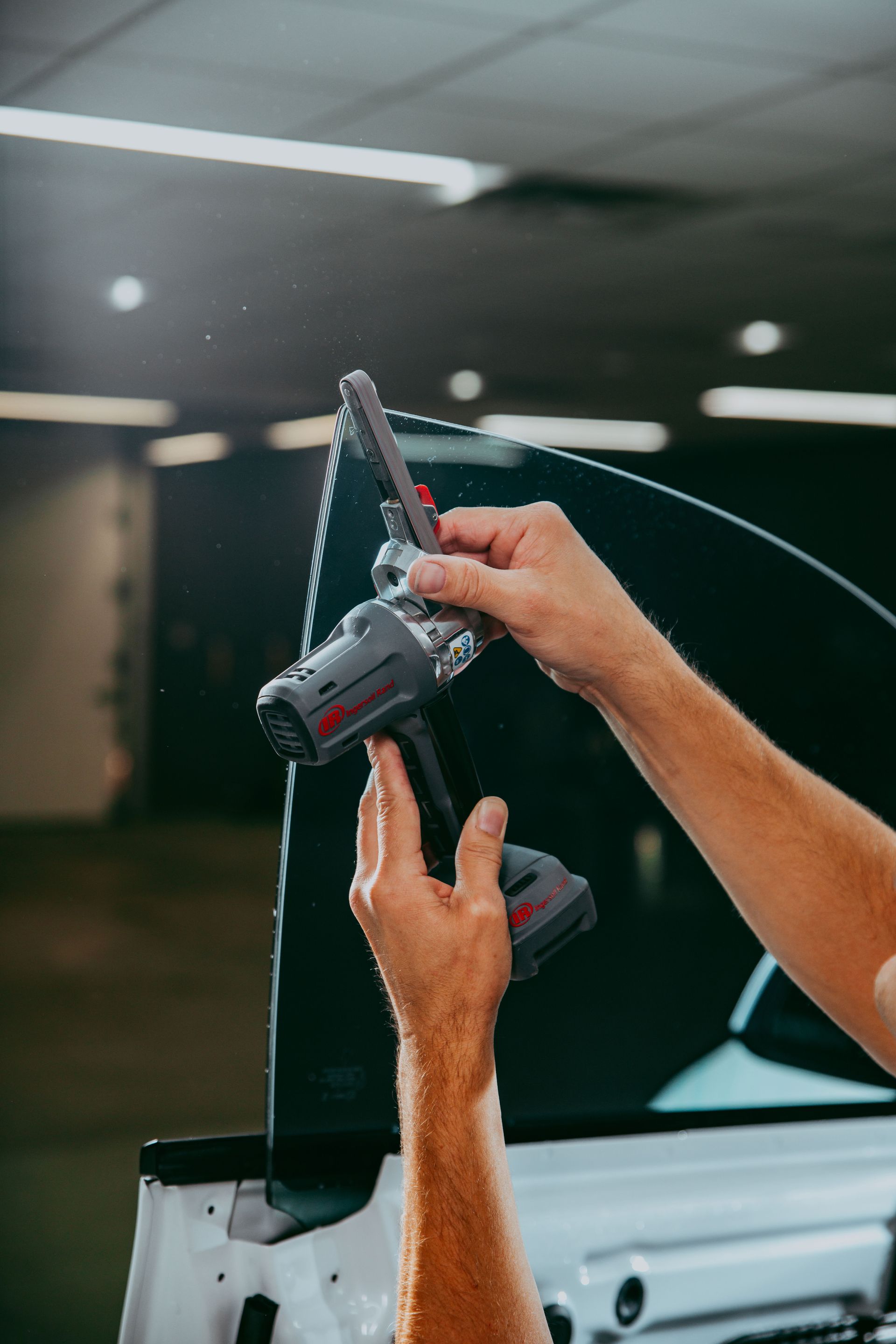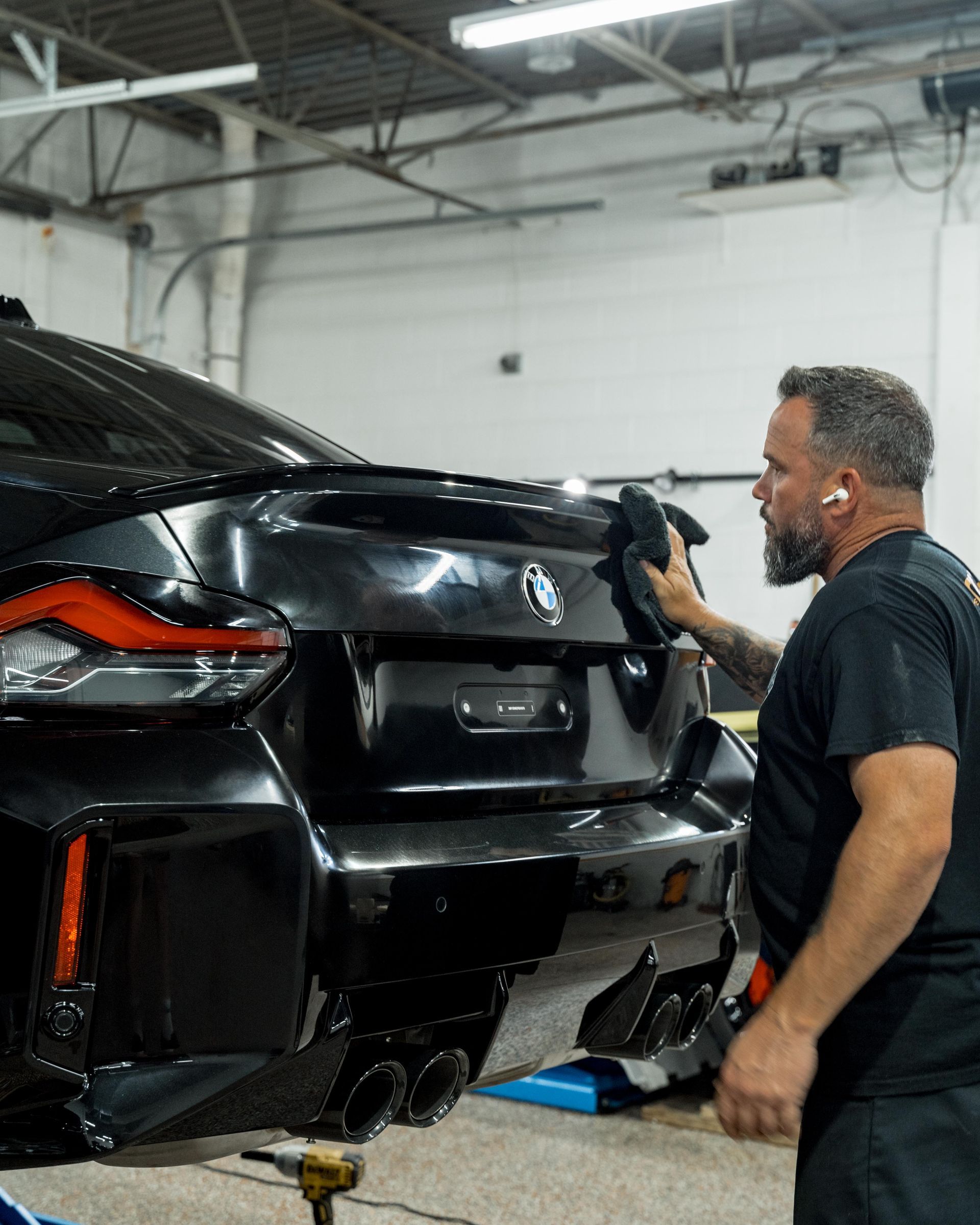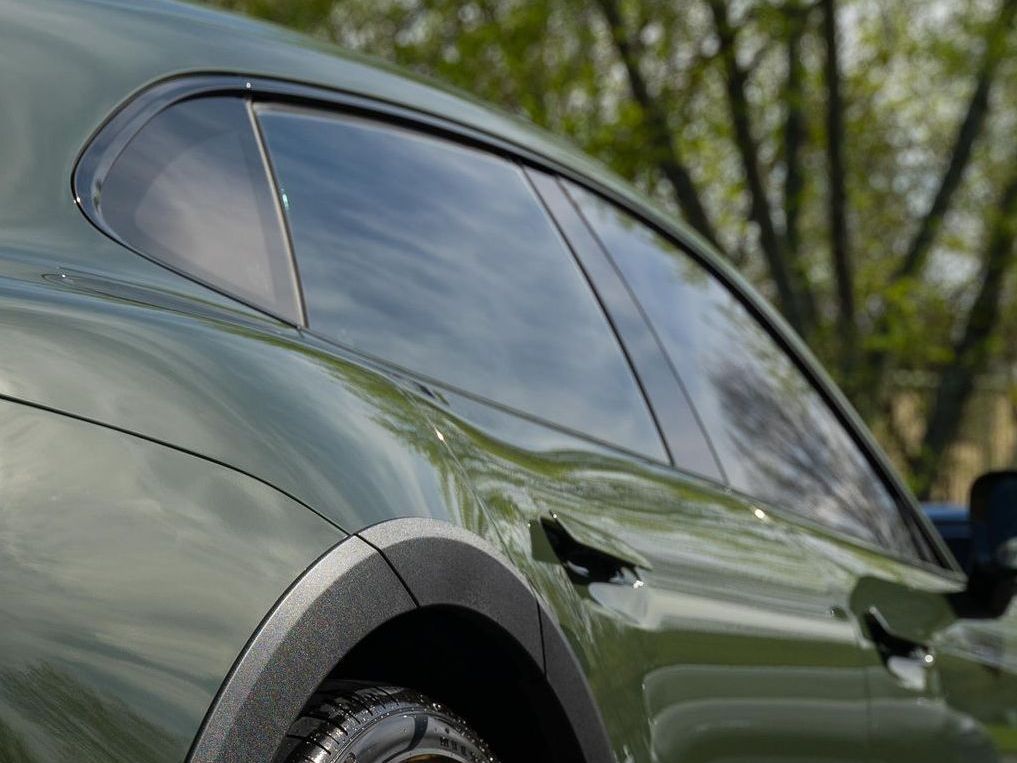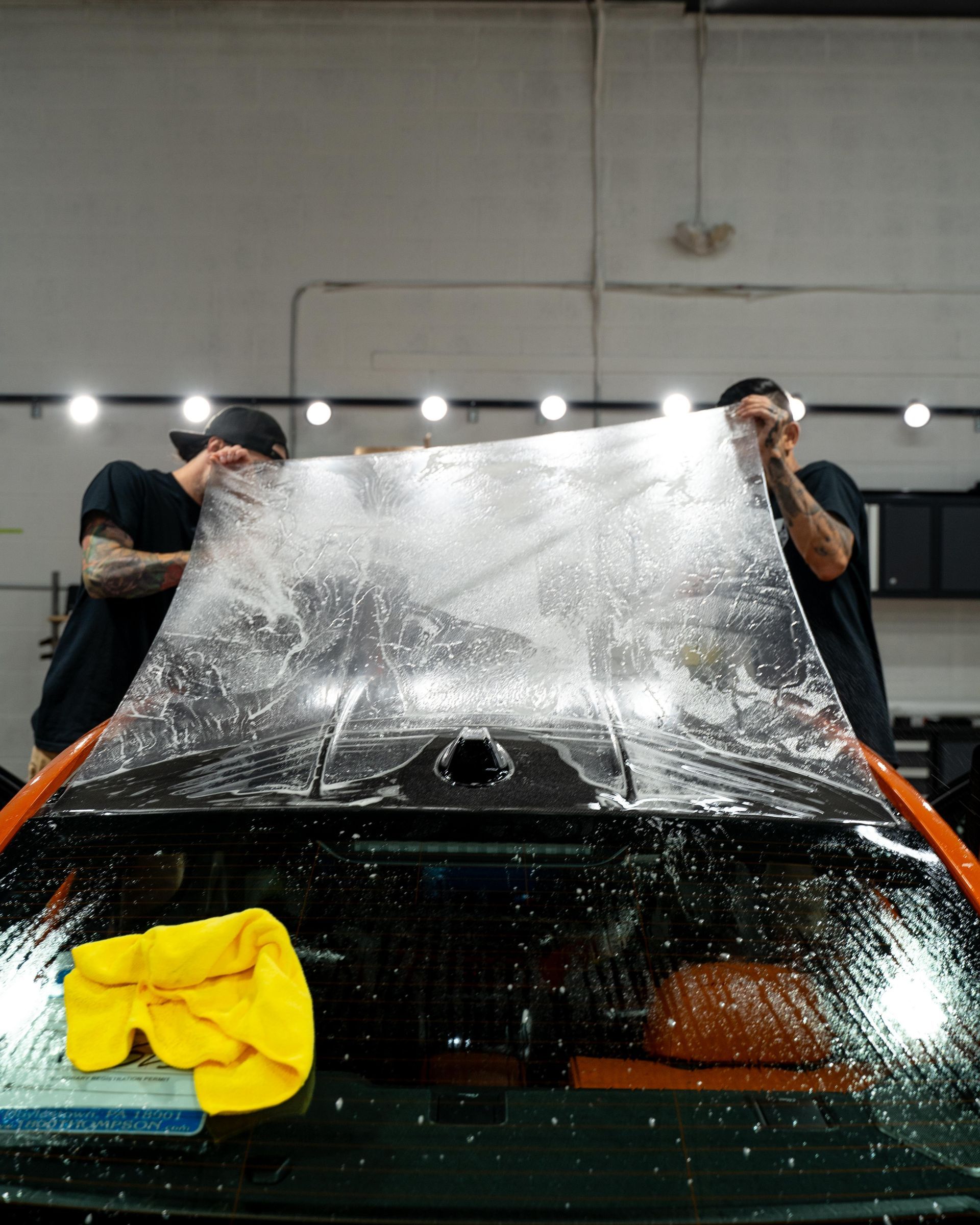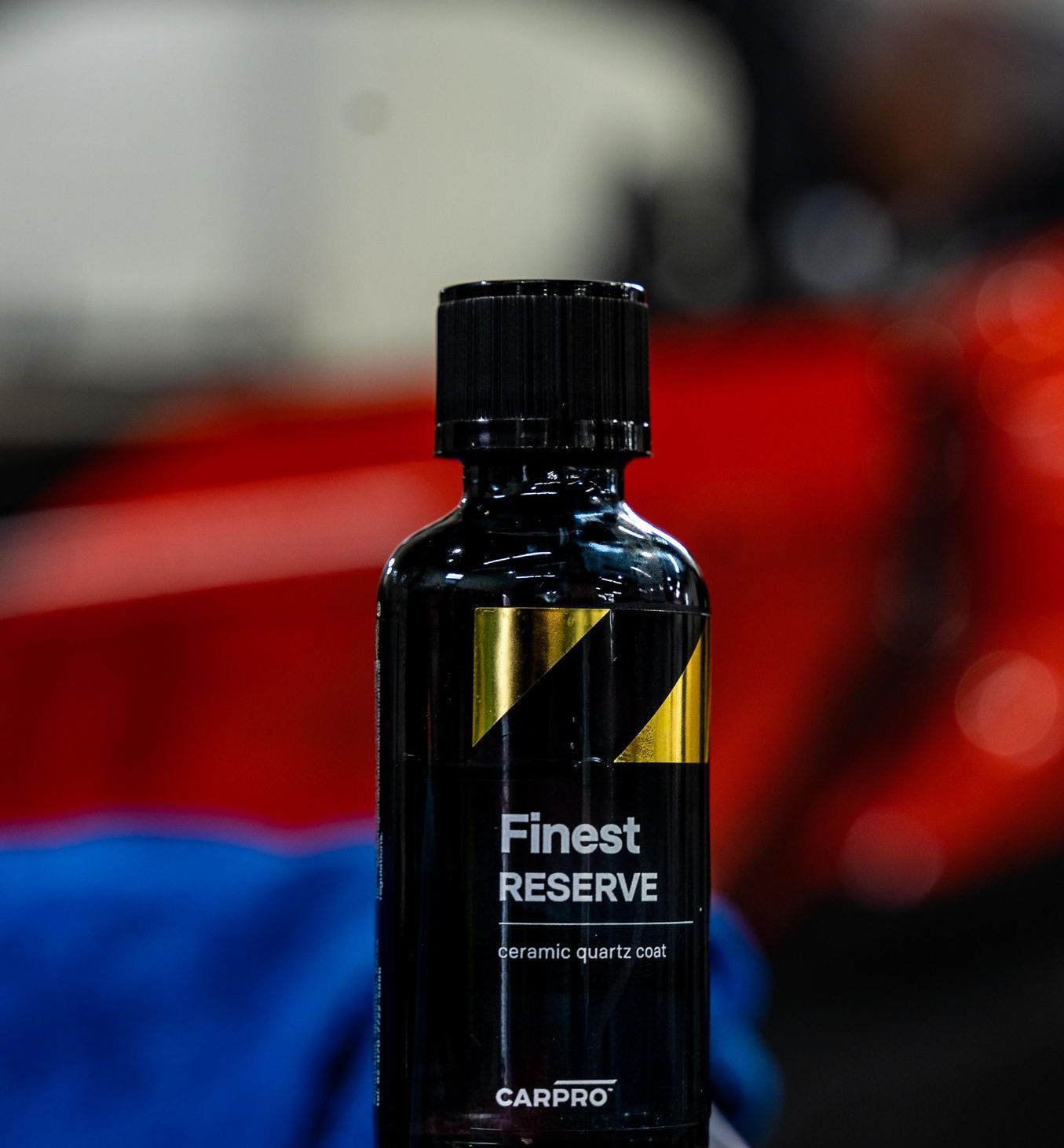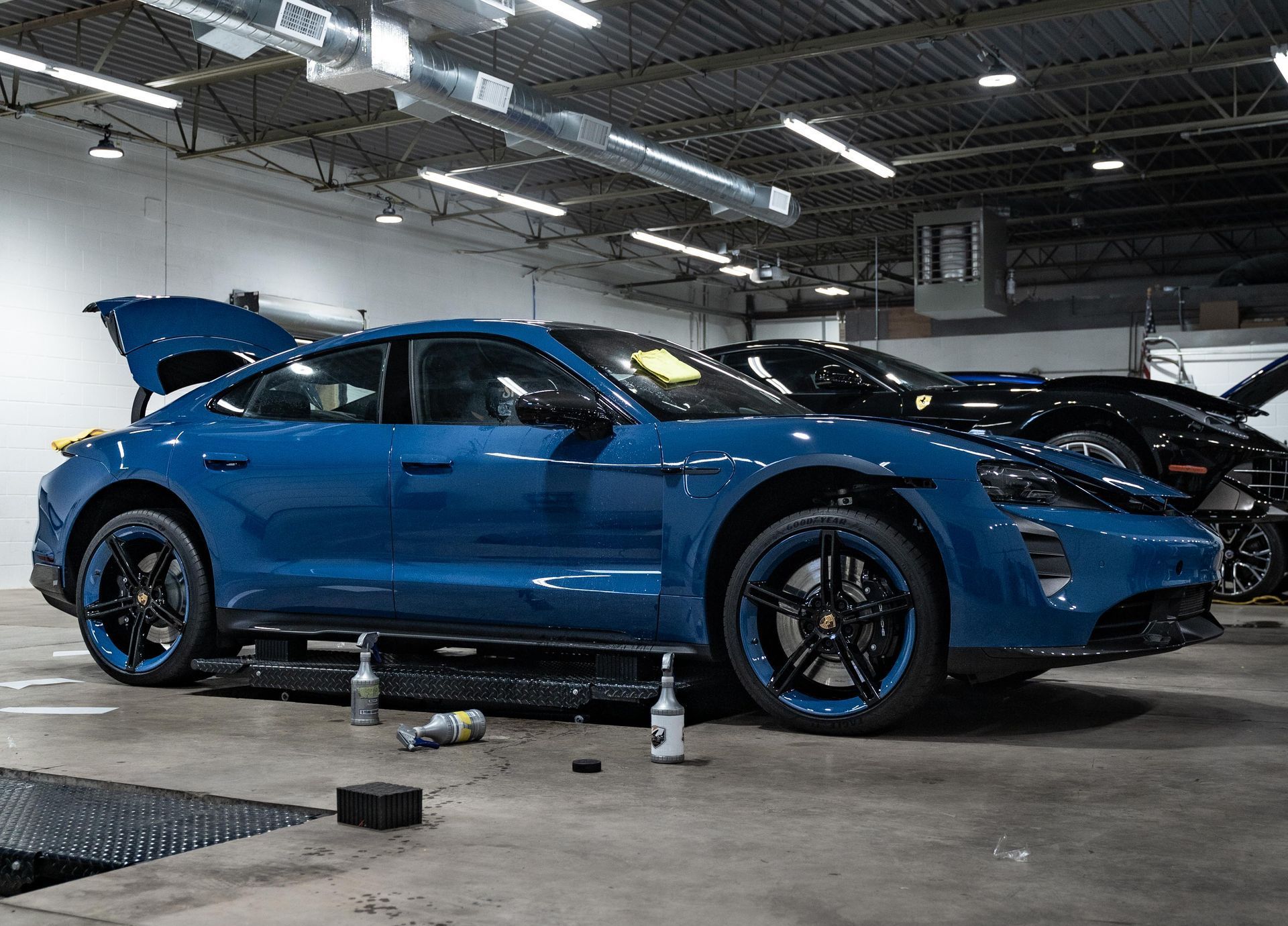Can PPF Prevent Scratches? Discover the Best Protection for Your Car
CALL (833) 263-6273
When it comes to keeping your car looking brand new, many of us wish for a magic spell that can protect against scratches and dings. Lucky for you, Paint Protection Film (PPF) might be the answer you've been searching for! Unlike traditional waxes or coatings, PPF is like putting on a protective shield that helps keep your car safe from everyday hazards on the road. Whether you're navigating through busy city streets or cruising along countryside drives, this amazing film adds an extra layer of security. In this article, we'll dive into what PPF is all about, how it works, and why it could be one of the best choices you can make for your car's maintenance.
Yes, Paint Protection Film (PPF) is specifically designed to prevent scratches, rock chips, and other damage to your vehicle's paint. It acts as a durable barrier against everyday wear and tear while also having self-healing properties that can minimize the appearance of minor scratches when exposed to heat or sunlight.
What is Paint Protection Film (PPF)?
Paint Protection Film (PPF) is more than just a thin layer of plastic; it's a sophisticated solution designed to preserve the appearance of your vehicle. Made from thermoplastic urethane, this clear film acts as a shield against various environmental threats such as scratches, road debris, and even the sun’s harmful UV rays. Interestingly, PPF was originally developed during the Vietnam War to protect helicopter blades from gravel and other projectiles. Over the years, it has transitioned into the automotive world, proving itself invaluable in protecting cars, especially high-end models.
Composition and Structure
At its core, PPF is constructed from multiple finely engineered layers. The top layer consists of elastomeric polymers, which grant the film its remarkable self-healing properties. When minor scratches occur—say from a rogue branch at a drive-thru or a pebble kicked up by another vehicle—these imperfections can disappear when exposed to heat. Whether it’s the natural warmth from the sun or a quick touch-up with a heat gun, PPF has that magic ability to restore itself almost like skin healing over a cut.
Beneath this self-healing layer lie additional protective layers designed to cushion impacts and absorb shocks effectively. These inner layers make PPF not just a defensive barrier but also an advanced technological material that protects your vehicle’s finish without altering its look. Importantly, PPF varies in thickness, typically ranging from 6 to 8 mils (0.006 to 0.008 inches), allowing you to choose the right kind based on your driving style—thicker films for off-road adventures and lighter ones for city driving.
Having an understanding of what makes PPF so effective sets the stage for discovering exactly how this technology protects your car's surface from scratches and damage.
How PPF Prevents Scratches
The primary function of Paint Protection Film (PPF) is to serve as a sacrificial layer that absorbs impacts and abrasions, guarding your vehicle’s paint from potential damage. Imagine it as an invisible shield that stands between your car and the world outside—offering protection from anything that might threaten its pristine finish. It's designed to handle the rigors of daily driving, whether you're navigating crowded city streets or cruising along a gravel road.
Self-Healing Properties
One of the most fascinating features of PPF is its self-healing capability. When minor scratches occur on the surface—whether they stem from tree branches brushing against your vehicle or inadvertently bumping into equipment—the heat activates the elastomeric polymers embedded within the film. This reaction causes the material to flow back into its original shape, effectively filling in the scratches.
In fact, studies show that PPF can withstand forces of up to 25 pounds without tearing, demonstrating its robustness under normal driving conditions. This self-healing ability not only prevents unsightly blemishes but also keeps your car looking polished over time. Unlike traditional paints or other protective coatings, which may require touch-ups or extensive repairs, PPF provides a longer-lasting solution with lower upkeep.
Additionally, PPF's thickness typically ranges between 6 and 8 mils (0.006 to 0.008 inches), striking an optimal balance between protection and visibility. This thickness acts as a barrier against small debris, significantly reducing the likelihood of scratches on your car's surface by up to 80% compared to untreated finishes. Whether it's bugs, dirt, or road salt, PPF stands ready to absorb those minor impacts while preserving your vehicle’s aesthetic appeal.
Regular maintenance is straightforward and does not require special products; a quick wash with soap and water will keep the film clean and retain its clarity. However, for those who want to maintain their vehicles meticulously, a quick sealant can bolster its protective qualities even more. Choosing PPF puts you steps ahead when it comes to protecting your investment. As vehicles age, maintaining their value becomes vital; a well-protected exterior prevents costly repairs down the line while keeping your ride looking like new for years to come.
Understanding how different protective layers work can help you make informed decisions about how best to safeguard your vehicle’s appearance moving forward.
PPF vs. Vinyl Wraps
The heart of the comparison between Paint Protection Film (PPF) and vinyl wraps lies in their primary functions. PPF is designed as a protective shield, safeguarding your vehicle from scratches, rock chips, and environmental contaminants. On the other hand, vinyl wraps are chiefly used for aesthetic purposes, giving vehicles a fresh look or a dramatic color change. This can be appealing for those who love customization but might overlook the protective aspect.
You could think of it this way: if you're looking to maintain your car's original paint while adding some flair, vinyl wraps might tickle your fancy; however, if you wish to protect that investment against wear and tear, PPF is undoubtedly the way to go.
- Primary Differences: While the protective qualities of PPF are well-known, it’s important to note that vinyl wraps lack this level of protection. In fact, despite being visually exciting, they do not guard against scratches and abrasions the same way PPF does. According to industry sources, the installation costs for vinyl wraps typically range from $500 to $3,000, which makes them more budget-friendly upfront compared to PPF costs that soar between $1,500 and $7,000, depending on how much of the car is covered and the quality of installation.
- Durability and Maintenance: When it comes to durability, PPF takes the crown. Not only can it withstand harsh climatic elements better than vinyl wraps, but it also has self-healing properties—meaning minor scratches can disappear over time with heat exposure. In contrast, vinyl wraps tend to fade or peel when exposed to the sun for prolonged periods. This degradation can lead to an unattractive finish where sections may bubble or warp after a few years. Therefore, while investing in a chic new color might seem enticing at first glance, consider whether you'll be dealing with peel-back woes just a season later.
As we transition from evaluating protection and aesthetics, it's essential to address the financial aspect involved in selecting the right option for your vehicle's exterior.
Cost and Installation Tips
The overall cost of installing PPF can be quite variable; therefore, it pays to explore the nuances that contribute to these price tags. Every vehicle comes with its unique requirements based on its make and model. The type of PPF you select plays a significant role in determining the final expense as well. Opting for high-quality films, like the K Series 7.5mil Glossy PPF, will typically involve a higher investment but offers enhanced durability and protection. It’s also essential to consider who is doing the installation; experienced installers don’t come cheap, but they bring the expertise that ensures longevity and a flawless finish.
Cost Breakdown
If you’re only looking to protect your vehicle's most vulnerable areas—the bumper and part of the hood—you might spend anywhere from $1,000 to $2,000. Expanding coverage to include the full front or even the sides of your vehicle will naturally escalate costs. A complete wrap around your vehicle can be significantly pricier, reflecting both material and labor requirements. When considering installation, your next step involves examining installation tips that’ll help you achieve the best outcome while also safeguarding your investment.
Installation Tips
Selecting a certified installer is non-negotiable. Just as you wouldn’t trust a novice with your prized paint job, finding experienced professionals with good reviews and a portfolio of previous work is vital. This experience translates into proper application techniques that enhance aesthetics and improve durability. Furthermore, never underestimate the importance of preparation before applying the film. Ensuring your vehicle’s surface is impeccably clean will significantly impact adhesion and longevity. Any contaminants like dirt, dust, or oils on the paint will lead to flaws once covered with PPF; no one wants unexpected bubbles or peeling thereafter.
Investing in PPF installation requires consideration of initial expenses and installation quality, representing an investment in preserving your vehicle's condition and value over time. Protecting your ride isn’t just about appearance—it ensures it maintains its charm for many years ahead! With these foundational elements addressed, it's time to explore how this protective measure plays out differently depending on various types of vehicles.
Benefits for Different Vehicles
The advantages of Paint Protection Film (PPF) truly shine depending on the type of vehicle in question. For those who own high-end sports cars, such as the Porsche 911, the stakes are considerably higher. The potential costs involved with repainting due to damage can reach into the thousands, not to mention the emotional toll of seeing that pristine paint job marred. By investing in PPF, owners gain not just financial savings but also peace of mind—preserving their vehicle’s resale value. Many enthusiasts choose to cover the entire car, ensuring every panel remains protected from scratches, rock chips, and other unanticipated damage.
Moving beyond luxury vehicles, let’s consider everyday drivers who rely on their cars for daily commutes and errands. For these vehicles, PPF is often applied selectively to high-impact areas like the front bumper, hood, and side mirrors. This strategic approach offers effective protection where it matters most while avoiding the need for a full wrap that might strain budgets. Cars encounter day-to-day hazards like bug splatters, errant shopping carts, and road debris that can inflict scratches or dings. By focusing coverage on these vulnerable zones, drivers ensure their routine ride stays looking sharp without overspending.
While the upfront cost can feel daunting—often a significant investment—the long-term value tends to pay off. The durability of PPF provides drivers with years of worry-free driving and reduces maintenance costs associated with detailing and repainting. Another factor worth mentioning is condition and care requirements; regularly maintained cars will benefit more from PPF than those left to natural elements over time. For instance, vehicles parked outside may face harsher weather, making protective measures like PPF all the more necessary to safeguard against fading and wear. Various thicknesses available for PPF cater specifically to these considerations; lighter films work well in urban environments, while thicker options offer enhanced protection for rugged terrains.
Understanding these dynamics allows vehicle owners to make informed decisions that protect their investments and enhance their driving experience. With insights into how various protection films work for different needs, it’s essential to next explore the impact of these choices on your car's enduring value.
Long-Term Value of PPF
The long-term advantages of installing PPF on your vehicle extend far beyond simple aesthetics. This protective film acts like an invisible shield that preserves your car’s paintwork, ultimately leading to better performance both on the road and in resale markets. Think of it as proactive insurance against the wear and tear that cars inevitably face from daily driving and environmental factors.
- Resale Value: One of the most compelling reasons to invest in PPF is its impact on resale value. A car with a pristine exterior, thanks to a well-applied PPF, stands out in a crowded market. Research from Kelley Blue Book shows that vehicles with their original paint intact can sell for up to 15% more than their counterparts showing extensive paint damage. This statistic is significant when you consider how much money could be at stake when it's time for a trade-in or sale. Having PPF applied isn't just about maintaining your vehicle’s appearance; it's also a smart financial move that pays dividends down the line.
- Maintenance and Longevity: Another aspect that underscores the long-term value of PPF is its effect on maintenance needs and costs. By creating a robust barrier against chips, scratches, and other hazards, PPF significantly reduces the requirement for frequent detailing and touch-ups. Imagine cutting your detailing costs nearly in half because the underlying paint remains protected and vibrant. Plus, PPF's durability means it typically lasts between 5 and 10 years, varying based on factors like installation quality and environmental conditions. With minimal care, such as routine washes, your investment in PPF will continue to pay off over many years.
Given these considerations, it's clear why many car owners find that investing in PPF offers not only peace of mind but substantial financial benefits as well. The combination of preserving a vehicle’s aesthetic appeal while enhancing its resale potential creates an enticing argument for choosing PPF as the go-to solution for paint protection. The investment in Paint Protection Film not only safeguards your vehicle's appearance but also adds tangible value over time. This strategic decision ensures you protect your asset effectively while enjoying the road ahead.
West Chester’s Choice for Seamless Paint Protection Film
In West Chester, PA, Menard Premium Detailing delivers expert paint protection film (PPF) services that keep your vehicle looking flawless, mile after mile. Our precision-cut PPF shields your paint from chips, scratches, road debris, and UV damage—while maintaining that fresh-off-the-lot finish. Whether you're preserving a new ride or protecting a daily driver, our team ensures a seamless, nearly invisible layer of defense. Ready to guard your investment? Schedule your PPF service today and drive with peace of mind.





